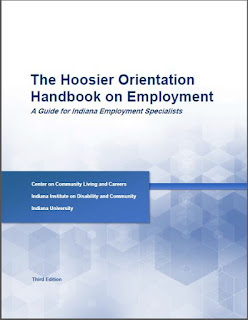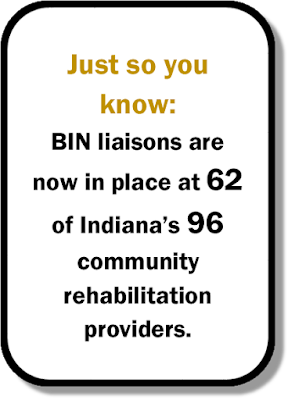via GIPHY
Resource Ownership is a customized employment, job creation technique. By owning machinery, equipment, tools, or other types of capital, individuals can produce products or offer services of value to other businesses or to consumers, leading to the creation of a business-within-a-business strategy.
This short module introduces the concept and process, offers several examples, gives you tips on negotiation with employers, and includes an activity that will walk you through creating an employer agreement. Griffin-Hammis and Associates and the Center on Community Living and Careers created this training with funding from Indiana Vocational Rehabilitation Services.
You can get started with “Resource Ownership Basics” here: http://expand.iu.edu/browse/cclc/courses/resource-ownership-basics. For additional instructions on how to access the module, click here: IU Expand/Resource Ownership Basics Instructions
The “Resource Ownership Basics” training will take 1.5 hours to complete: 30 minutes of instruction through the module and an hour for the associated exercises. After completing the entire module, you will also receive a Certificate of Completion, which you can use if you need to demonstrate training hours!
We encourage you to work with your supervisor or a colleague to consider if Resource Ownership is an avenue you could pursue for a job seeker on your caseload. If it is, use the process you’ve learned here as a roadmap.
The VR Technical Assistance and Training team appreciates you and all that you and your agencies do to support positive employment outcomes for job seekers across Indiana. We hope you enjoy the holidays, and we wish you the best in the coming year. We look forward to seeing you then!













